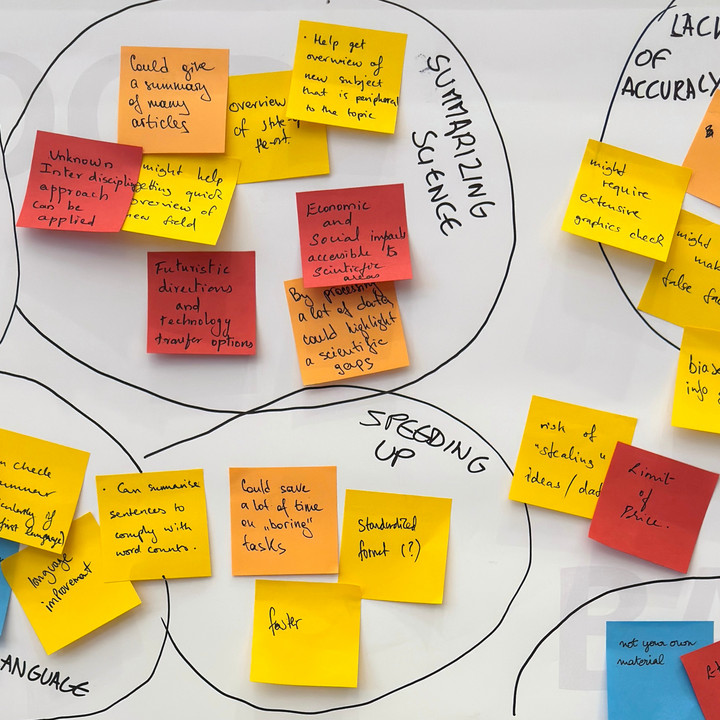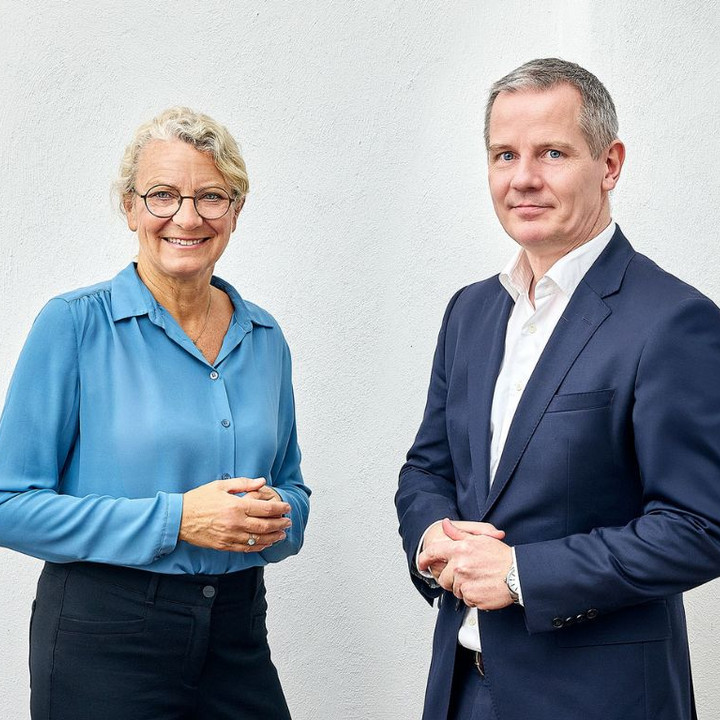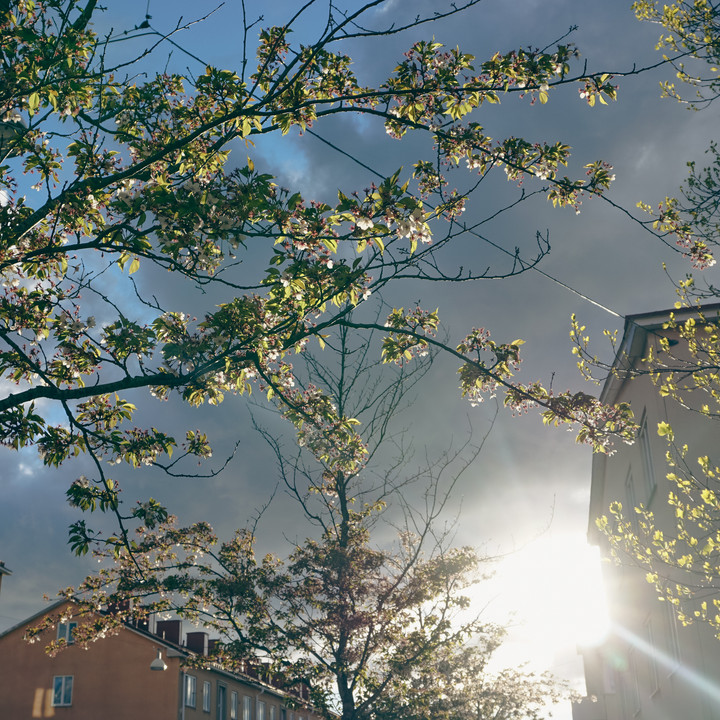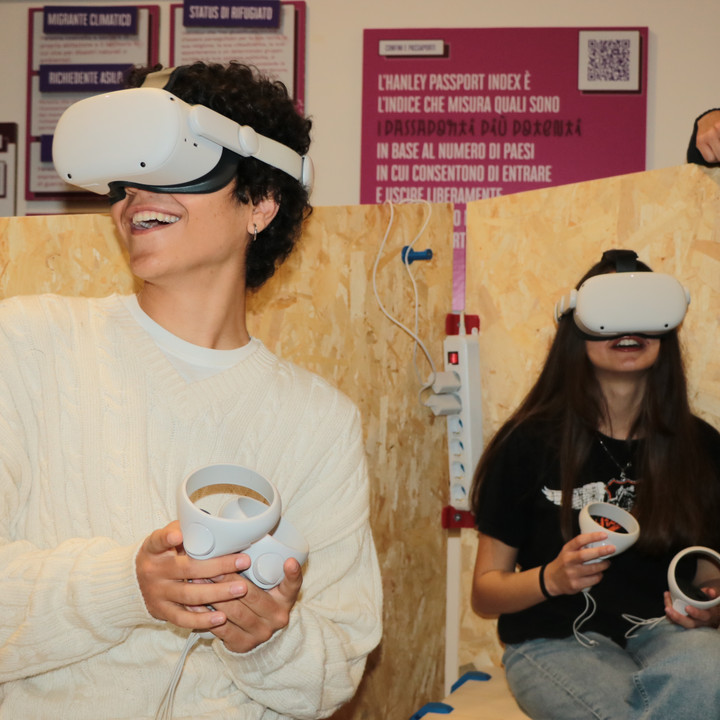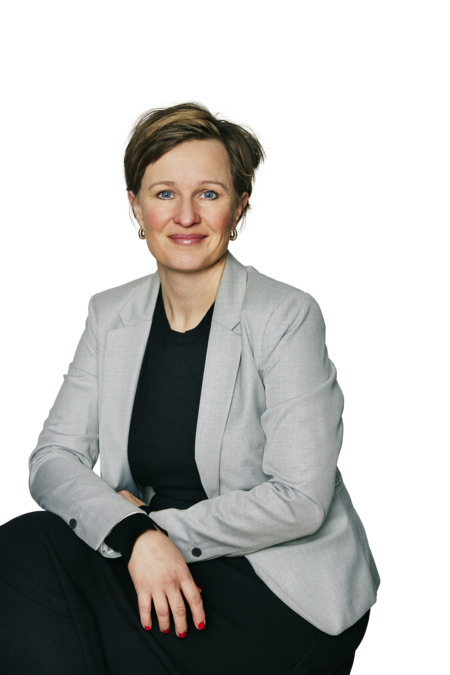University environments across the country are ready to support more diverse research environments

Among those who complete a master's degree in STEM subjects, there is a noticeable disparity in the number of women compared to men who choose to pursue careers in academia. This "leaky pipeline" of female talent represents an untapped potential, critical for Denmark's ambition to secure a position as one of the world's leading nations in STEM disciplines in the future. Consequently, VILLUM FONDEN, Novo Nordisk Foundation, and IS IT A BIRD have invited university environments to develop concrete strategies for supporting diversity within their specific research settings. This effort has led to the establishment of a series of collaborations known as 'Living Labs', encompassing a total of 12 research environments across the country.
According to the Villum foundation and Novo Nordisk Foundation,
"the number and diversity of the applications received by IS IT A BIRD shows that the need for change is widely recognized at the Danish universities, and it holds great promise for the development work that the Living Labs are about to undertake."
The goal of 'Living Labs' is to investigate various strategies for providing Danish STEM environments with well-defined ideas and recommendations to enhance diversity and inclusion. The ideas might include initiatives aimed at reshaping maternity and family support systems, emphasizing the recruitment and retention of female staff, or addressing broader cultural shifts within research settings.
It is the research environments themselves that will be developing the initiatives and driving the change processes. At the same time, the team from IS IT A BIRD will follow the Living Labs closely by monitoring and evaluating the initiatives to document what it takes to create lasting positive change within diversity in STEM research.
Building upon a deep knowledge of the diversity challenge
The effort is a follow-up to an anthropological study conducted by IS IT A BIRD, which has investigated barriers and potentials for attracting and retaining female STEM talent in academia. Through ethnographic methods such as participant observation, semi-structured interviews, and focus groups, the study has approached both male and female research talents at different stages of their careers and across STEM departments and faculties. The approach has created a nuanced understanding of the individual researcher's everyday life and identified patterns across the personal stories. The study also points to concrete opportunities where universities can take action to increase diversity and promote better research and education.
- The Department of Computer Science, Aalborg University
- Globe Institute (the intersection of geobiology, planetary sciences, biology, geology, archaeology and microbiology), University of Copenhagen
- Department of Green Technology, University of Southern Denmark
- Faculty of Natural Sciences, Aarhus University together with Department of Physics and Astronomy, Aarhus University
- Pioneer Center for Accelerating P2X Materials Discovery (CAPeX), DNRF grant number P3, DTU and AAU
- Department of Agroecology & Department of Animal and Veterinary Sciences, Aarhus University
- The Department of Chemistry, University of Copenhagen
- Department of Mathematical Sciences, University of Copenhagen
- DTU Bioengineering, DTU
- DTU Compute, DTU
- Department of Biology, University of Copenhagen
- Department of Computer Science, University of Copenhagen
- DTU Physics
